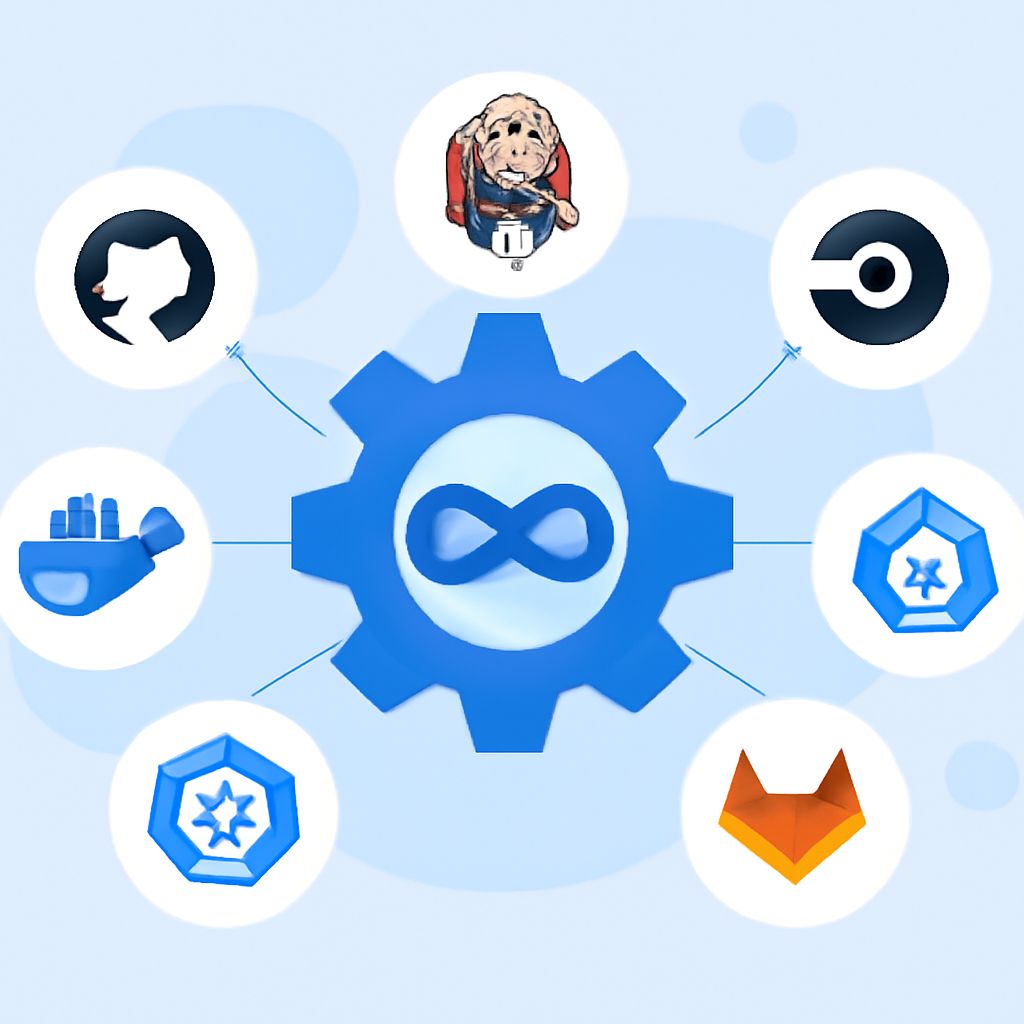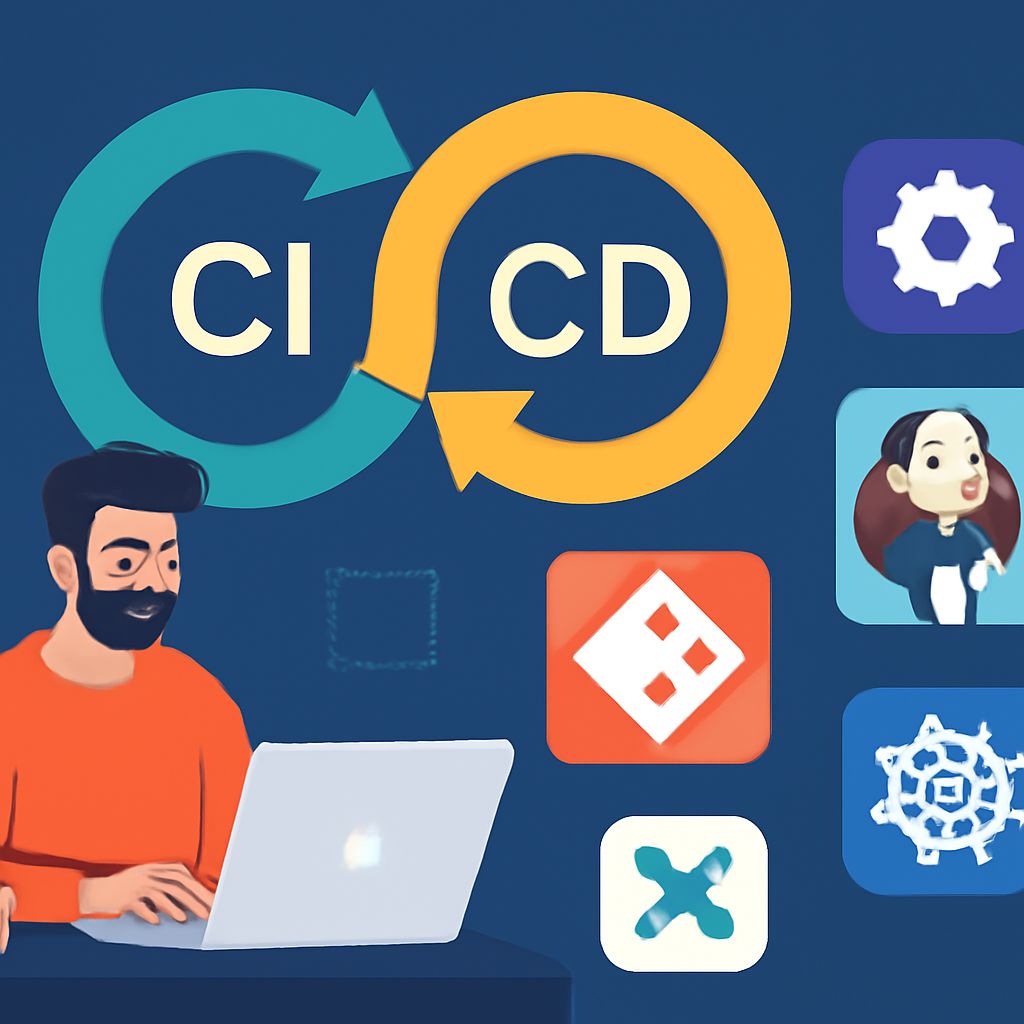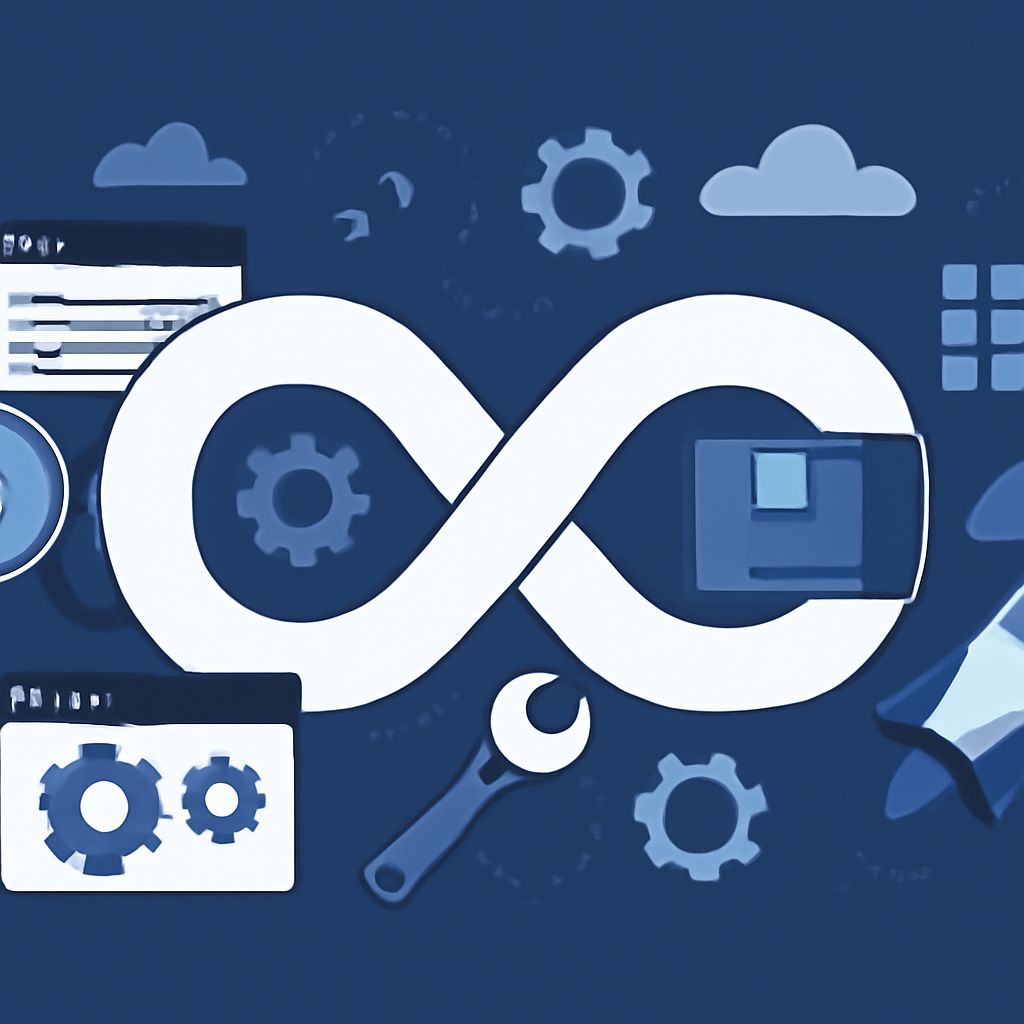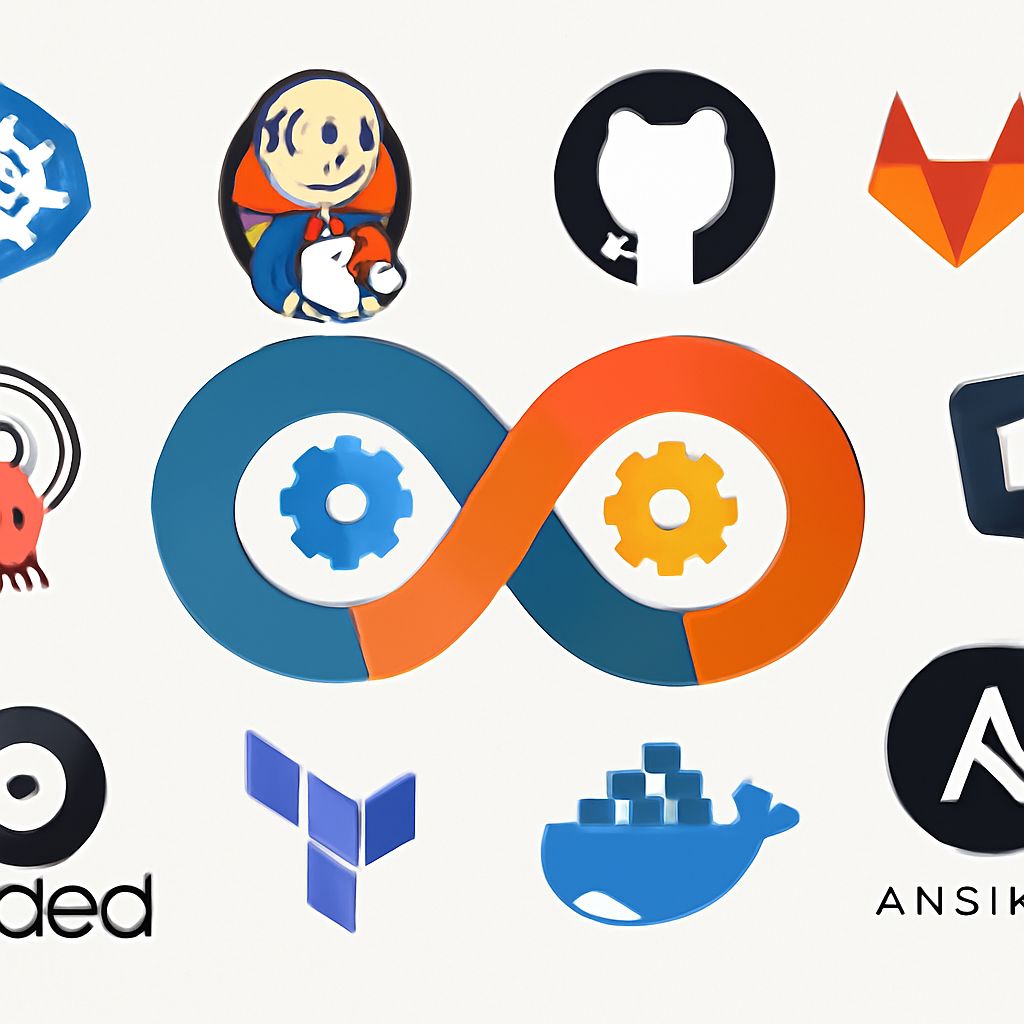Top DevOps Tools for CI/CD in 2025
As the software development landscape continues to evolve, the importance of Continuous Integration (CI) and Continuous Deployment (CD) has become paramount in delivering high-quality software quickly and efficiently. In 2025, a variety of DevOps tools have emerged as leaders in the CI/CD space, enabling teams to automate their workflows, improve collaboration, and enhance productivity. In this article, we will explore some of the top DevOps tools for CI/CD that are shaping the future of software development.
Understanding CI/CD
Before diving into the tools, it’s essential to understand what CI/CD entails:
- Continuous Integration (CI): The practice of automatically integrating code changes from multiple contributors into a shared repository frequently. This process aims to detect integration errors as quickly as possible.
- Continuous Deployment (CD): The subsequent step where code changes are automatically deployed to production after passing automated tests. It ensures that software can be released at any time with minimal manual intervention.
Key Benefits of CI/CD
Implementing CI/CD offers several advantages, including:
- Faster Delivery: Rapidly release new features and updates to users.
- Improved Quality: Automating testing helps catch bugs early in the development process.
- Enhanced Collaboration: Developers can work in parallel without stepping on each other’s toes.
- Reduced Risks: Smaller, incremental changes minimize the impact of errors.
Top DevOps Tools for CI/CD
Here are some of the most popular and effective DevOps tools for CI/CD in 2025:
1. Jenkins
Jenkins continues to be one of the most widely used open-source automation servers. Known for its flexibility and robust plugin ecosystem, Jenkins allows teams to build, test, and deploy software with ease.
Key Features:
- A vast library of plugins for integration with various tools.
- Scalability to handle large-scale projects.
- User-friendly web interface for managing CI/CD pipelines.
2. GitLab CI/CD
GitLab provides an integrated suite of tools, including version control, CI/CD, and project management. Its seamless integration ensures that your code repository and CI/CD processes are in one place.
Key Features:
- Built-in CI/CD capabilities for easy setup.
- Auto DevOps feature for automated pipeline configuration.
- Strong collaboration tools for teams.
3. CircleCI
CircleCI is a cloud-native CI/CD tool that is known for its speed and reliability. It automates the software development process from code integration to deployment.
Key Features:
- Customizable workflows for tailored CI/CD pipelines.
- Integration with multiple cloud providers.
- Advanced caching mechanisms for faster builds.
4. Travis CI
Travis CI is a popular CI service for open-source projects, offering easy integration with GitHub. Its user-friendly configuration allows developers to get started quickly.
Key Features:
- Simple syntax for configuration.
- Automated testing across different environments.
- Free for public repositories.
5. Azure DevOps
Azure DevOps is a comprehensive suite of development tools provided by Microsoft. It encompasses CI/CD, project management, and version control.
Key Features:
- Integrated tools for end-to-end DevOps processes.
- Supports multiple programming languages and platforms.
- Powerful analytics and reporting features.
6. GitHub Actions
GitHub Actions has gained significant popularity as it allows developers to automate workflows directly within GitHub repositories. It provides a flexible way to create CI/CD pipelines using YAML syntax.
Key Features:
- Seamless integration with GitHub repositories.
- Reusable workflows for faster pipeline creation.
- Support for community-contributed actions.
7. Bamboo
Bamboo, developed by Atlassian, integrates tightly with Jira and Bitbucket, making it an excellent choice for teams already using these tools. It focuses on automation and continuous delivery.
Key Features:
- Visual pipeline builder for easy configuration.
- Integration with other Atlassian products.
- Deployment projects for managing releases.
Comparison Table of CI/CD Tools
| Tool | Type | Key Feature | Best For |
|---|---|---|---|
| Jenkins | Open-source | Plugin ecosystem | Customizable workflows |
| GitLab CI/CD | Integrated | Auto DevOps | All-in-one solution |
| CircleCI | Cloud-native | Customizable workflows | Fast builds |
| Travis CI | Cloud-based | Simple configuration | Open-source projects |
| Azure DevOps | Integrated | Comprehensive tools | Microsoft ecosystems |
| GitHub Actions | Integrated | Workflow automation | GitHub users |
| Bamboo | Commercial | Visual pipeline builder | Atlassian users |
Conclusion
As we move further into 2025, the importance of CI/CD in DevOps cannot be overstated. The tools mentioned above offer robust solutions to improve software delivery processes while fostering collaboration among development teams. Choosing the right CI/CD tool depends on your team’s specific needs, existing technology stack, and workflow preferences. By adopting the right tools, organizations can achieve faster development cycles, enhance software quality, and respond more effectively to market demands.
FAQ
What are the best DevOps tools for CI/CD in 2025?
Some of the top DevOps tools for CI/CD in 2025 include Jenkins, GitLab CI, CircleCI, and Travis CI, which continue to evolve with new features and integrations.
How do CI/CD tools improve software development?
CI/CD tools streamline the software development process by automating testing and deployment, enabling faster release cycles, and reducing human errors.
What features should I look for in a CI/CD tool?
Look for features such as integration with version control systems, support for multiple languages, robust testing capabilities, and easy-to-use dashboards.
Can CI/CD tools integrate with cloud platforms?
Yes, most modern CI/CD tools can seamlessly integrate with major cloud platforms like AWS, Azure, and Google Cloud, enhancing scalability and accessibility.
What is the role of containerization in CI/CD?
Containerization allows for consistent environments across development, testing, and production, making CI/CD processes more reliable and easier to manage.
How can I choose the right CI/CD tool for my team?
Consider your team’s specific needs, existing workflows, and technology stack, as well as the tool’s ease of use, scalability, and community support.




